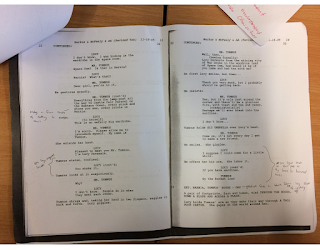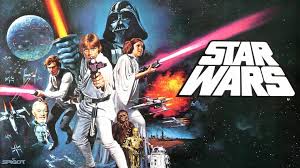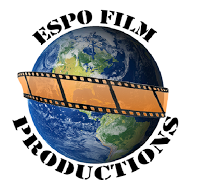Post 27 - Editing

After reading the script it is clear that it uses linear narrative, which is when a scene or story has a defined start, middle and end with no cutaways from that order. This is the traditional way of telling stories as it is straightforward to understand, which is especially helpful in Narnia, as it is a children’s story. Linear narrative is used to great effect in this scene to build audience engagement in the world inside the wardrobe, as it allows them to take in the new surroundings at a good pace, in the scene there are a lot of long drawn out parts which help ease the viewer into taking in the new environment. This is often used in films, one example could be Star Wars, every time they visit a new planet there are usually slower paced conversations or shots of the environment to help the viewer adapt from environment to environment. A theoretical effect we could use within our video is the Kuleshov Effect. An example of a location within the script where we coul...


